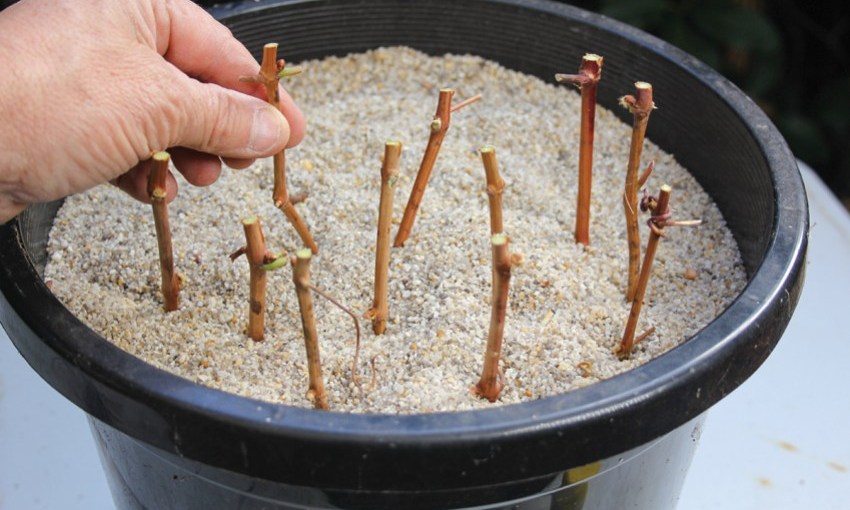As we all look for clever ways to reduce our spending, it turns out that gardening is a perfect pastime for those looking to save some dollars.
Gardening on a shoestring
As interest rate hikes and increased cost of living expenses put pressure on the home budget, our gardens become more and more like places of solace, where life’s stresses can be eased through the power of plants and spending time outdoors.
No matter where you sit on the garden spectrum, be it experienced with an established yard or a bare-spaced novice, there are so many ways to achieve your green goals without breaking the bank. Creativity and ingenuity are the key to a shoestring garden. Here are some timely tips for shoestring gardeners.
Seeds
Super cheap and immensely satisfying, sowing and growing from seed is a budget pleaser. Check out the seed display at your local garden centre and be amazed at the range of edibles and ornamentals available. Remember to select and sow seeds for the right season.
Seed-raising mix
Seed-raising mix is a media that holds seeds in place and provides enough moisture for germination. Many experienced gardeners prefer to sow seeds in an open-draining seed mix rather than potentially overdamp potting mix for more reliable seed growth. Commercial seed-raising mix is available, however, if you are looking to save, make your own: one part coir, one part perlite and one part vermiculite are all that’s needed. Make up lots or a little.
For those who don’t have a mini greenhouse (keep one in mind as an excellent birthday or Christmas gift), a flat plant tray which punnet seedlings are sold in (or similar) works fine, so long as it drains well. Fill the tray with seed-raising mix, sprinkle the seeds, follow with a light cover of mix, then gently water.
Depending on the variety, seedlings emerge over a matter of days to weeks and are ready for the garden once hitting mature height.
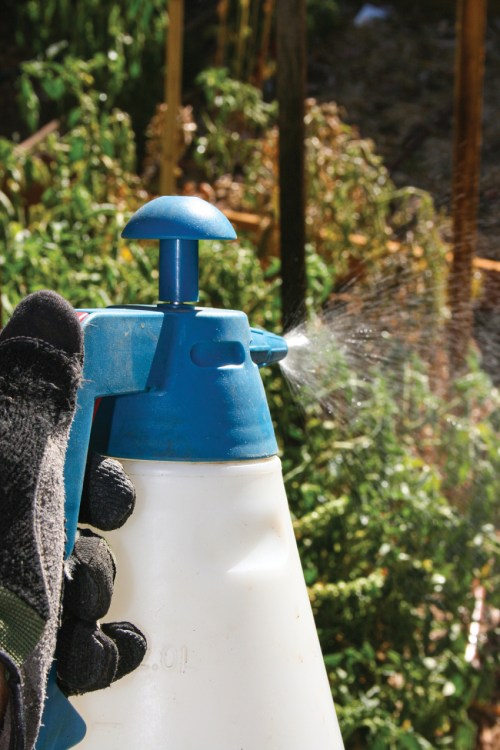
Saving seed
Once you have your plants flowering and fruiting in the yard, harvesting seeds from them saves you even more money. Tomatoes, beans, capsicum and pumpkins are some easy vegetables from which to source seed. You get the best growing results from open-pollinated types rather than F1 hybrids, which can be infertile or produce different traits to the parent varieties.
Divide and conquer
Plants such as agapanthus, clivia, iris, daffodils and tuber and bulb beauties can be divided, turning one plant into many. Pick the right season, grab a spade then start lifting and filling your garden beds for free.
Cuttings
Loads of woody plants like daisies, viburnum, murraya and a host of other are grown from cuttings (pieces of the mother plant that take root and become a clone of the original). Having a healthy parent plant gives any cuttings taken a better start, so always pick the best performers to trim.
To encourage root development on a cutting, substitute your rooting powder or gel with honey, another smart money saver and it’s full of natural anti-bacterial and anti-fungal properties.
Confronting pests and disease
Look at the ingredients in your fridge and pantry as a way to control or prevent insect and fungal attacks – they are easy to access and a smart saver.
A mixture of one part milk, 10 parts water sprayed over roses and other plants susceptible to powdery mildew, is very effective at reducing the incidence of this fungal disease.
If you’re looking to combat aphids, blend four garlic gloves, two chillies and a cup of water. Pour the mixture into bowl then add 750ml water and a squirt (equivalent of two tablespoons) of dishwashing liquid and leave it overnight. Strain into a bottle and spray the affected plants. It’s great on aphids and other sap suckers. But due to the chilli, wear protective glasses and stay upwind when spraying.
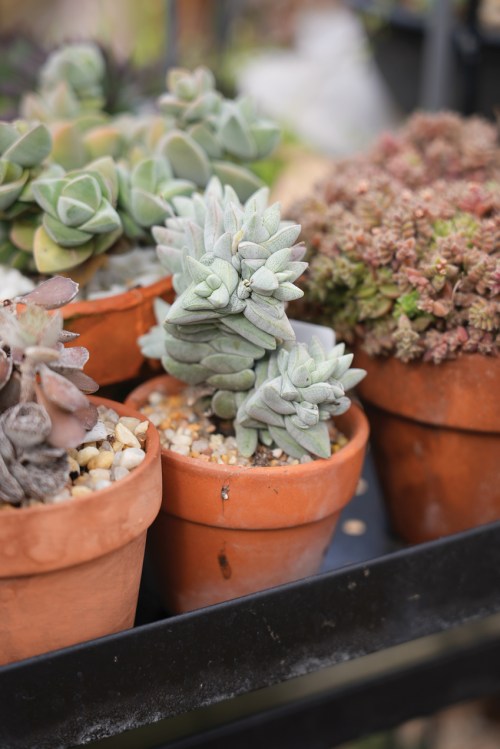
Garden gifts
Look to your garden for birthday and Christmas gift inspiration. Incredibly cost-effective, receiving something homemade is also greatly appreciated.
Plant up a herb basket with some of your home-raised seedlings or make a succulent bowl filled with a range of rooted cuttings taken from your yard – not only easy, but also spectacular. Otherwise, you can cut and arrange a bouquet of flowers and foliage from the garden – tie a big bow around it and you’re made!
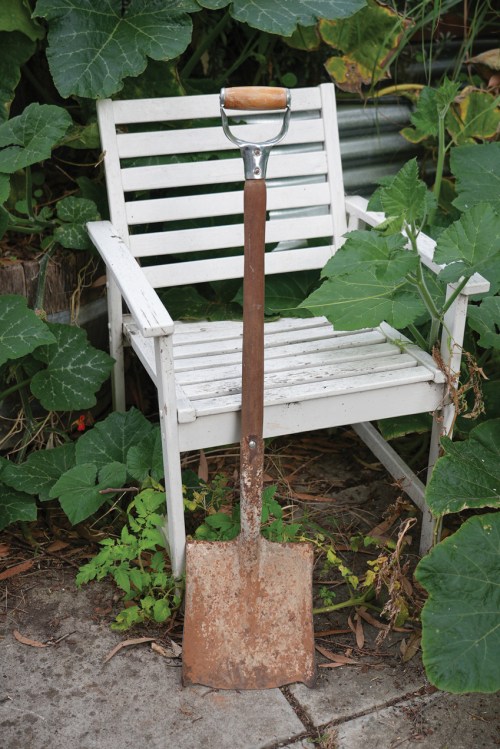
Repair
In a world where designed obsolescence is fast being overtaken by desired obsolescence, giving garden tools a bit of tender loving care can add years of useful life.
Broken handles and wonky loppers don’t need throwing out, when all that’s needed is a replacement handle or a tightened nut; much cheaper than buying new.
Keeping cutting tools sharp also prevents undue strain on the mechanisms and gives them loads more serviceable seasons.
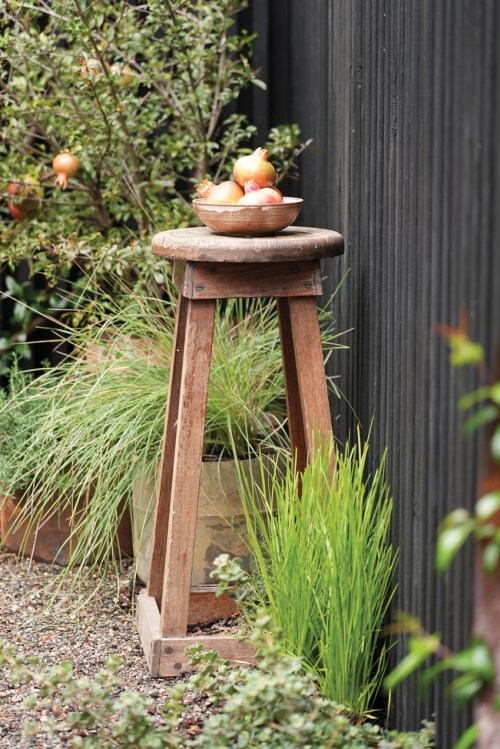
Trash and treasure
A walk around the neighbourhood is not only good for your health, it can be good for the hip pocket too. There is a potential goldmine of goodies, from discarded tools to garden curios left out, just waiting to be rehomed.
Keep an eye open for these freebies. Perhaps you’ll be able to turn a failed wheelbarrow into a garden centrepiece or a discarded section of reo-mesh into a brilliant climbing frame for beans or roses.
Waterwise
Money saved is money earned, especially when it comes to water. Turn off your automatic irrigation system, it is amazing how many sprinklers and sprayers are unnecessarily active during the winter months. Rotating the dial on your controller to “off” halts watering without losing those important settings.
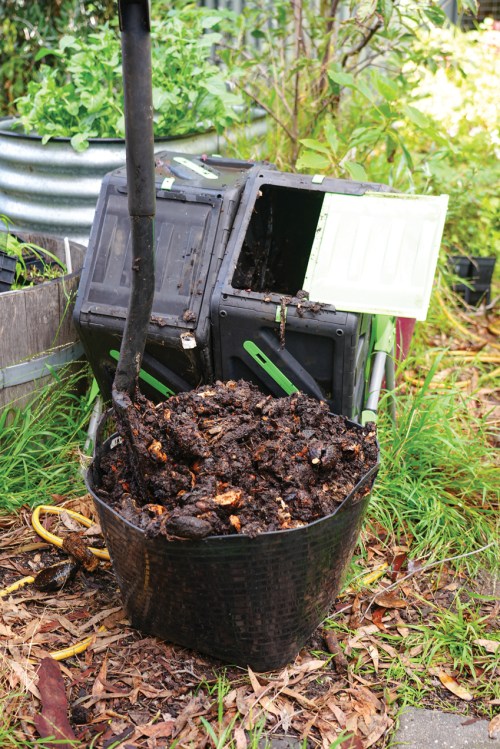
Compost
Composting is a no-brainer when you rethink kitchen food scraps and garden trimmings from throwaway waste into plant nutrient. Whether setting up dedicated bays, using a tumbler or utilising the power of worm farming, breaking down your organics for use in veggie patches or dug into garden beds, provides free plant food thanks to the magic of soil microbes and earthworms.
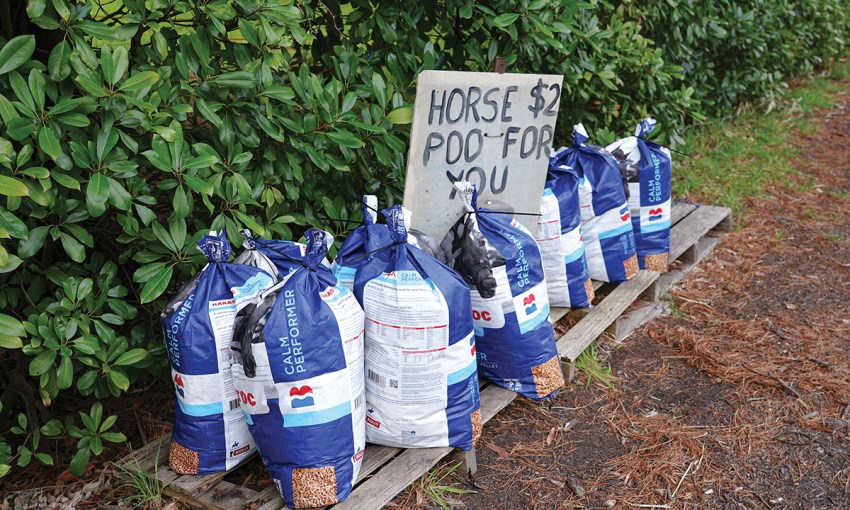
This article first appeared in the Winter 2023 issue of SALIFE Gardens & Outdoor Living magazine.



